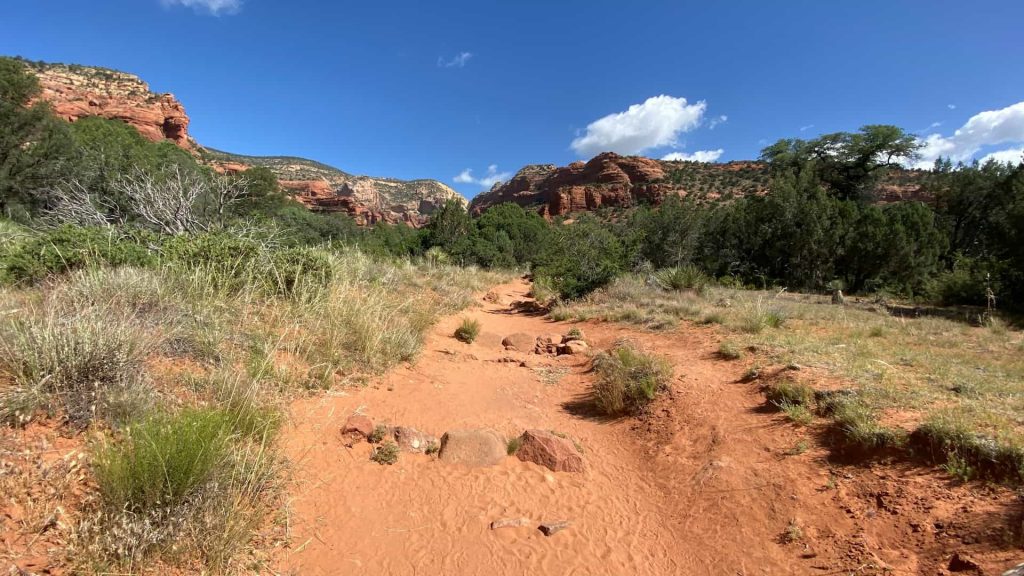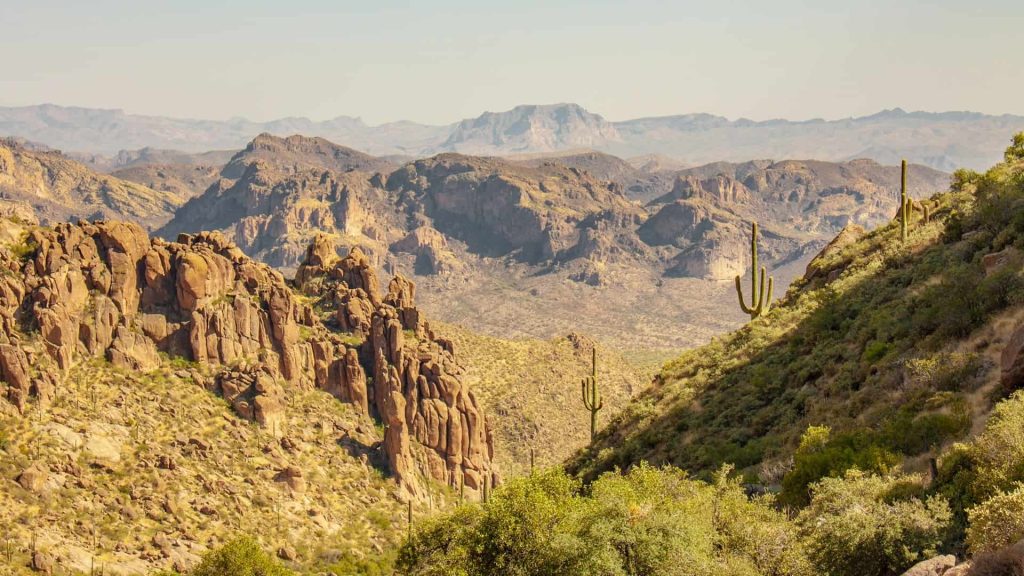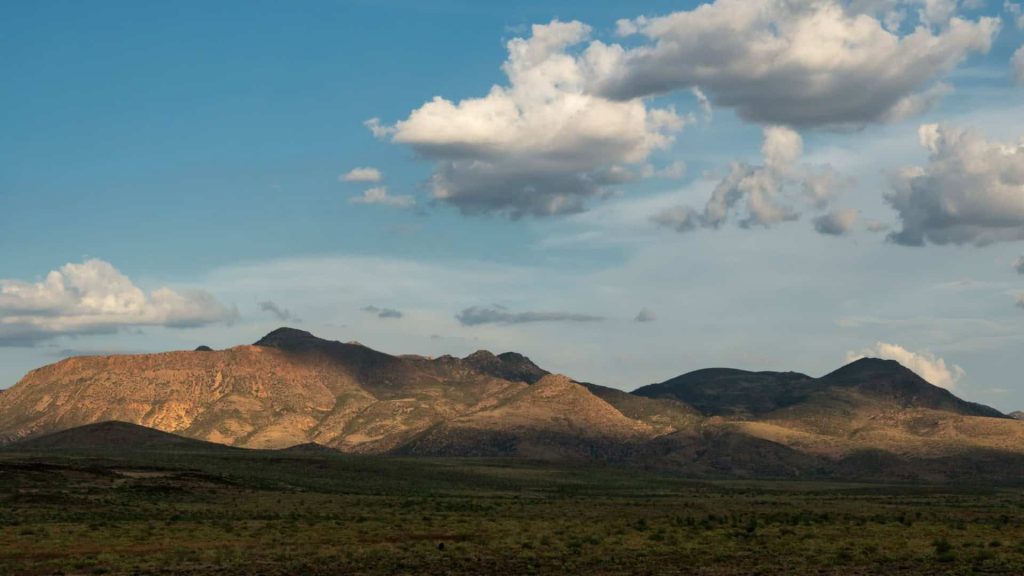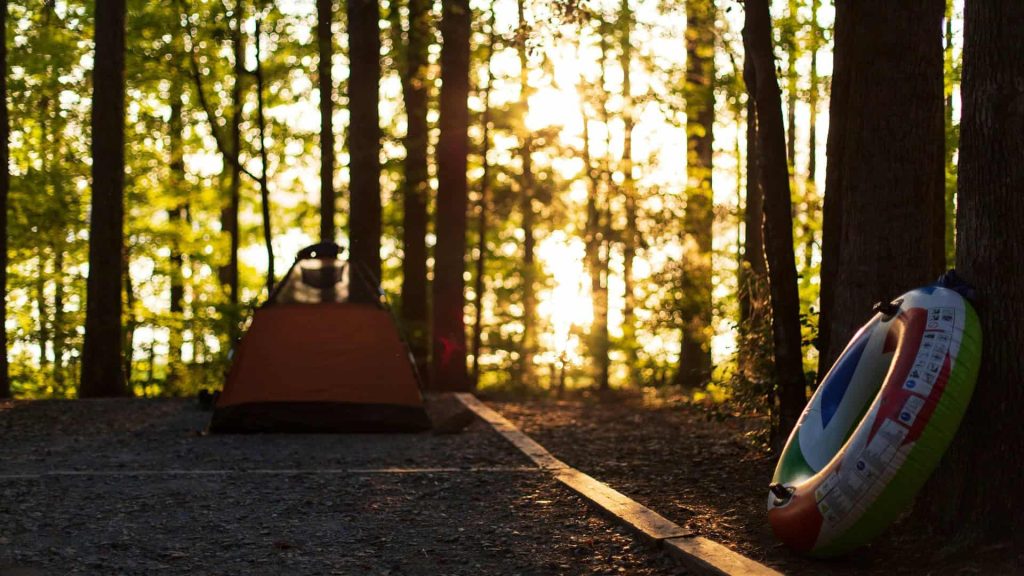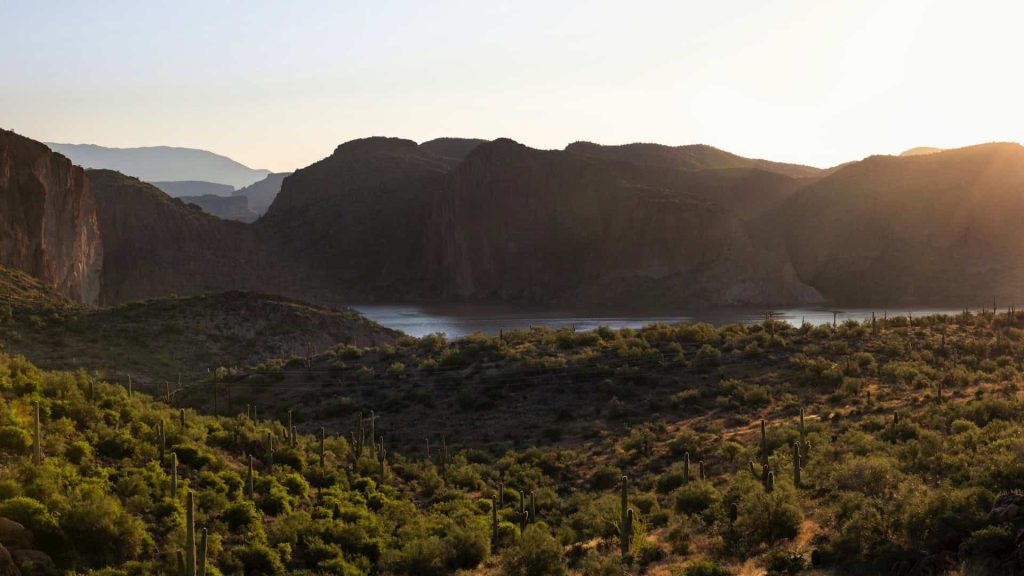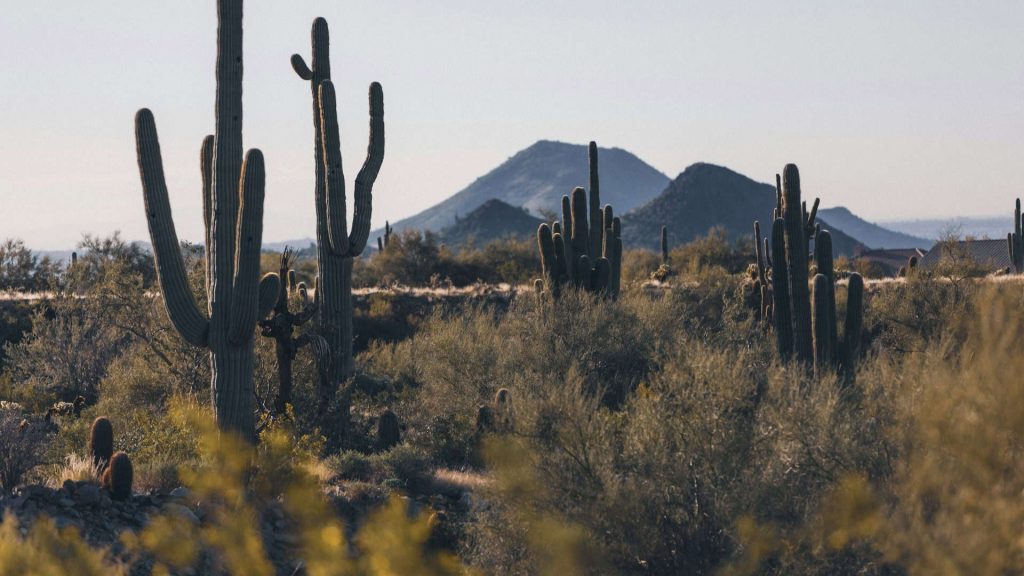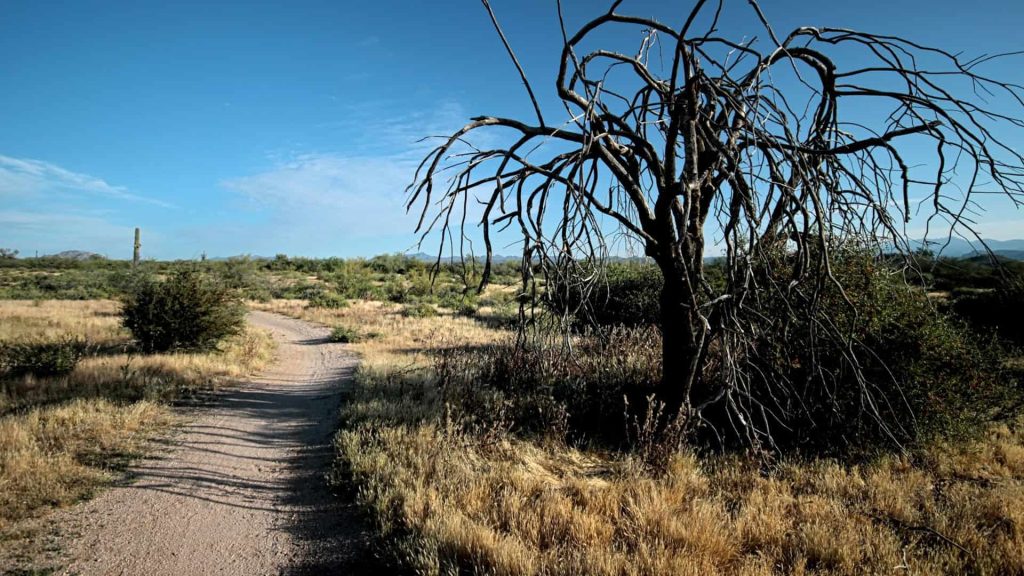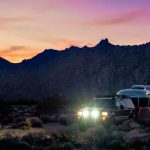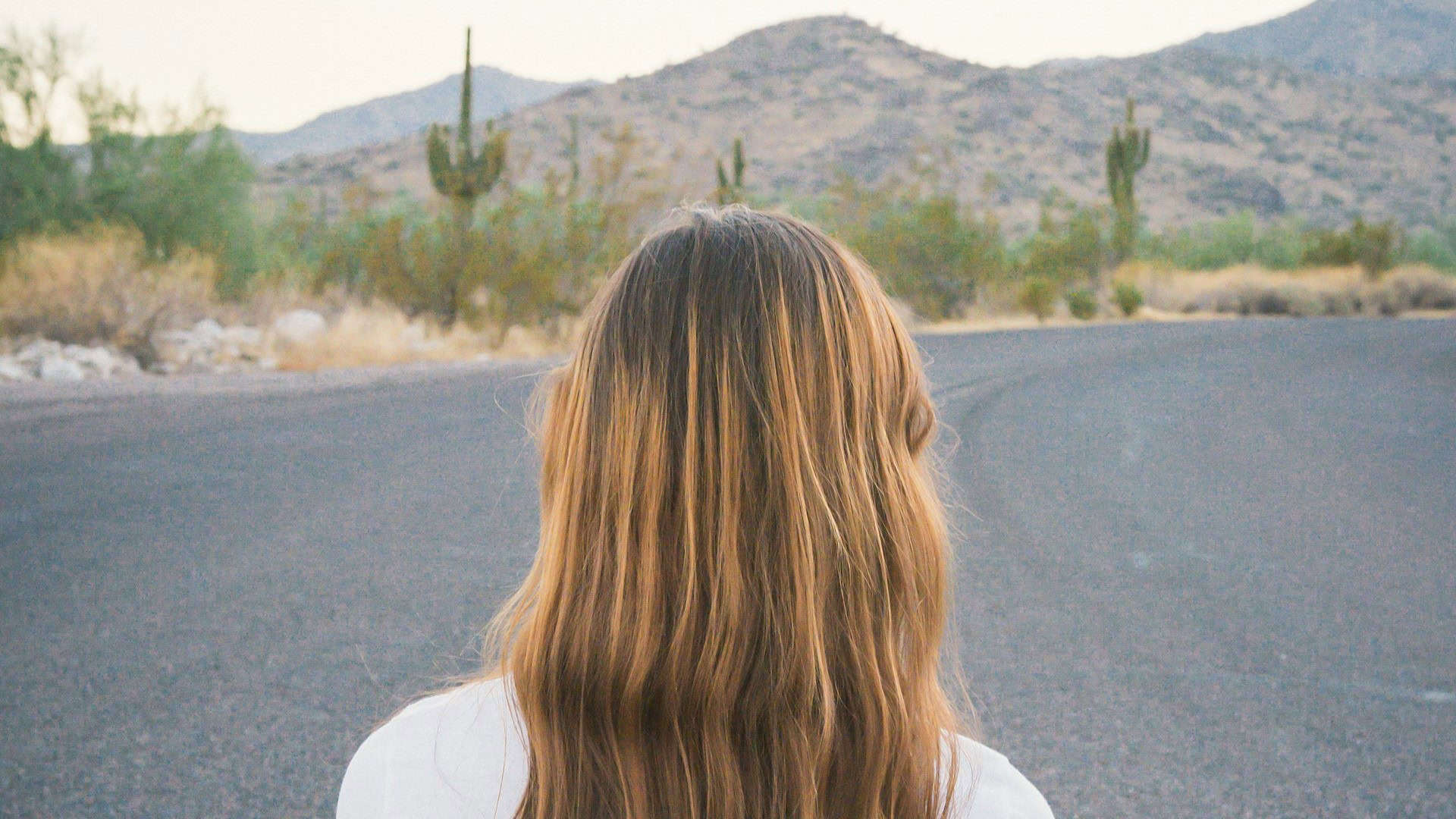
Arizona RV Camping Guide: Taking Your Visit Off The Beaten Path
As an avid outdoor enthusiast with years of experience exploring Arizona’s diverse landscapes, I’m excited to share this comprehensive Arizona RV camping guide with invaluable tips and insights for off-the-beaten-path adventures.
Compared to other states, Arizona stands out for RV enthusiasts because of its vast expanse of public lands, including national forests, Bureau of Land Management (BLM) areas, and wilderness areas. These areas offer endless opportunities for RV camping and exploration. However, navigating these nature-filled areas requires careful planning and preparation.
Throughout this Arizona RV camping guide, I’ll share invaluable tips and insights to help you make the most of your nature-filled adventures. Whether you’re seeking solitude amidst towering pine forests or craving the vast openness of the desert, I’ve got you covered.
From weather considerations to terrain challenges, we’ll address the unique aspects of RV camping in Arizona, equipping you with the knowledge and resources needed to embark on your off-the-beaten-path journey. Whether you’re a seasoned RVer looking for new challenges or a novice explorer eager to experience the wonders of the desert Southwest, this Arizona RV camping guide is your ticket to discovering the hidden treasures of Arizona’s untamed wilderness.
First, Let’s Talk About Some General RV Camping Tips
Before we get into the nitty-gritty of this Arizona RV camping guide, we need to start with some general tips to ensure a smooth and enjoyable adventure.
Research And Planning
Research and planning are essential components of any successful RV adventure, especially when exploring Arizona’s diverse landscapes. Before hitting the road, travelers should conduct thorough research to familiarize themselves with potential camping destinations, local regulations, and necessary permits.
In addition, even if this wasn’t specifically an Arizona RV camping guide, I would still be recommending that you consider off-peak times for travel to avoid crowds and secure prime camping spots.
That being said, it is still true that Arizona’s popular outdoor destinations, such as the Grand Canyon or Sedona, can experience heavy foot traffic during peak seasons, making it challenging to find available campsites. By planning your trip during quieter periods, such as weekdays or shoulder seasons, you can enjoy a more peaceful experience surrounded by Arizona’s natural beauty.
Equipment And Supplies
When gearing up for RV camping, ensuring your equipment and supplies are up to par is paramount for a successful and safe adventure. One key consideration is ensuring your RV is equipped to handle off-road travel, especially if you plan to explore remote or rugged terrain (more on this later).
In addition to preparing your RV for off-road conditions, stocking up on essentials and emergency supplies is essential for peace of mind during your RV camping excursion. Necessities such as food, water, and toiletries should be packed in sufficient quantities, considering the potential for limited access to amenities in remote areas. Additionally, it’s crucial to have emergency supplies on hand, including a first-aid kit, flashlights, batteries, and a portable charger for communication devices.
By equipping your RV with the necessary gear and stocking up on essential supplies, you’ll be well-prepared to embark on your RV camping adventure with confidence.
Leave No Trace Principles
Adhering to Leave No Trace principles is imperative for RVers embarking on adventures anywhere, not just in Arizona’s pristine wilderness. These principles serve as guiding rules for minimizing human impact on the environment and preserving the natural beauty of our outdoor spaces for future generations to enjoy.
Whether you’re exploring Arizona’s deserts, forests, or mountains, following Leave No Trace principles is non-negotiable. This means packing out all trash and waste, respecting wildlife and their habitats, and refraining from damaging vegetation or disturbing natural features. By practicing responsible camping ethics, RVers can help protect the fragile ecosystems of Arizona’s public lands and ensure they remain pristine for years to come.
Once again, even if this wasn’t specifically an Arizona RV camping guide, I would still emphasize the importance of respecting nature’s delicate balance.
Now, Here’s Your Arizona RV Camping Guide
Now, let’s dive into the meat of this Arizona RV camping guide! Whether you’re planning to visit secluded desert campsites or tranquil forest hideaways, this Arizona RV camping guide is your ultimate resource for planning unforgettable off-the-beaten-path adventures.
Weather Considerations
First and foremost, for this Arizona RV camping guide, we need to touch on just how important weather considerations are for RVers exploring the state’s diverse landscapes – where extreme temperatures and seasonal weather patterns can pose unique challenges.
In the summer months, temperatures in the desert regions can soar to blistering levels, making it essential for RVers to be prepared with adequate hydration, shade, and ventilation. Additionally, it’s crucial to be aware of monsoon season (typically from June through September) which brings sudden, intense thunderstorms and the risk of flash floods. Moreover, even in the cooler months, temperatures in Arizona’s higher elevations can drop significantly, especially at night. RVers should pack appropriate clothing and bedding to stay warm during chilly evenings, particularly if they plan to camp in mountainous areas such as Flagstaff or the Mogollon Rim.
Another important weather consideration for RVers in Arizona is the potential for dust storms, especially in the desert regions. These sudden and intense wind events can significantly reduce visibility and create hazardous driving conditions. RVers should closely monitor weather reports and be prepared to pull over and safely wait out a dust storm if encountered on the road.
Terrain, Flora & Fauna
When traversing Arizona’s varied terrain, RVers must always consider the unique challenges posed by rugged landscapes and the state’s flora and fauna. Researching road conditions and accessibility is essential, as many remote camping areas may require navigating unpaved roads or rough terrain. Adventurers in Arizona should exercise caution to avoid washouts and other hazards, especially during monsoon season when flash floods can quickly transform dry washes into treacherous obstacles.
Moreover, being mindful of wildlife is crucial when camping in Arizona’s natural areas. From desert critters like rattlesnakes and scorpions to larger mammals like mountain lions and bears in forested regions, RVers should take precautions to minimize encounters and ensure their safety and that of their surroundings. This includes properly storing food and garbage to deter wildlife and respecting wildlife habitats by observing from a safe distance.
Driving on desert terrain presents its own set of challenges for RVers. Soft sand, rocky terrain, and steep inclines can test both the vehicle’s capabilities and the driver’s skill. Maintaining a steady speed and momentum is important to avoid getting stuck in the sand or losing traction on rocky surfaces. Additionally, carrying essential recovery gear such as traction mats, a shovel, and a tow strap can help RVers safely navigate desert terrain and overcome obstacles.
Remote Camping Permits
For RVers seeking the solitude and serenity of remote camping in Arizona, obtaining the necessary permits is essential. Many public lands, including national forests and Bureau of Land Management (BLM) areas, require permits for dispersed camping outside of designated campgrounds. Before setting out on your adventure, it’s crucial to research and understand the rules and regulations specific to the area where you plan to camp.
Some areas may have limits on the length of stay, campsite proximity to roads or water sources, and guidelines for waste disposal. Additionally, as I’ve mentioned before, RVers should be mindful of Leave No Trace principles when camping in remote areas, minimizing their environmental impact and practicing responsible camping ethics. This includes properly disposing of waste, avoiding damage to vegetation, and respecting wildlife habitats.
Cultural and Historical Sites
Exploring the cultural and historical sites of Arizona is a rewarding aspect of RV camping in the state. RVers can delve into the rich tapestry of Indigenous heritage and diverse historical landmarks. While Arizona is renowned for iconic attractions such as the Grand Canyon and Monument Valley, countless lesser-known sites are waiting to be discovered.
Outside of this Arizona RV camping guide, I’ve already talked at length about the hidden gems that RVers should prioritize exploring in the state.
RVers need to respect indigenous lands and cultural heritage when visiting these sites. Many cultural and historical sites in Arizona are sacred to indigenous communities and hold significant spiritual and cultural importance.
FAQs
What are the best times of year to go RV camping in Arizona?
For RV camping in Arizona, the best times of year typically fall during the shoulder seasons of spring and fall. During these months, from March to May and September to November, the weather is generally pleasant, with mild temperatures, making it ideal for outdoor activities and exploring the diverse landscapes of the state. Additionally, these periods often see fewer crowds compared to the peak summer months.
How much does an RV park in Arizona cost per week?
Prices of RV parks in Arizona vary depending on factors such as location, amenities, and time of year. On average, RV parks in Arizona may range from $30 to $60 per night for a basic site with hookups. A week-long stay could amount to approximately $210 to $420, though rates may fluctuate during peak seasons or for premium sites with additional amenities.
Final Thoughts
RV camping adventures in Arizona offer an unparalleled opportunity to immerse yourself in the breathtaking landscapes, diverse terrain, and rich cultural heritage of the Grand Canyon State. With the comprehensive insights and invaluable tips that I’ve provided in this Arizona RV camping guide, prospective adventurers can definitely navigate the challenges and wonders of off-the-beaten-path exploration with confidence and ease.
So, pack your bags, fuel up your RV, and let this Arizona RV camping guide be your companion on your journey and unforgettable adventures!
